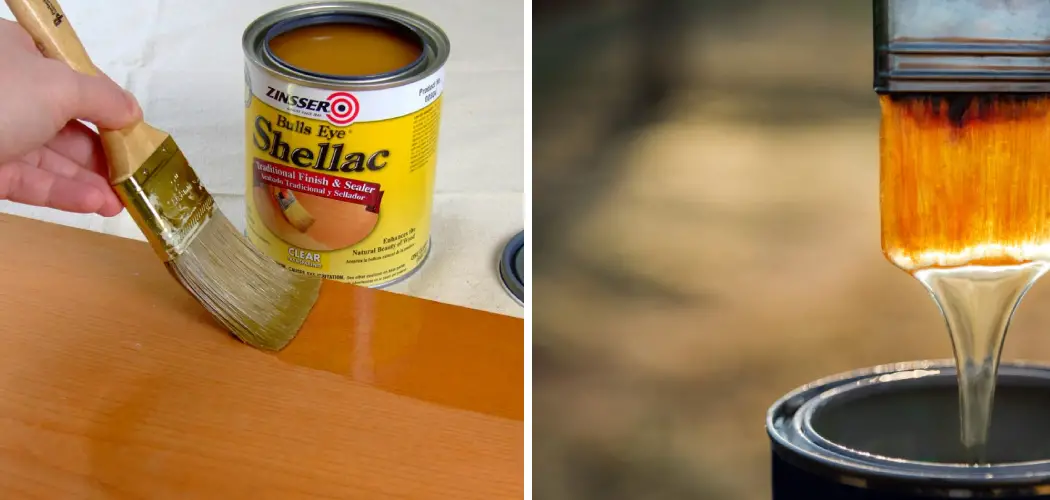Do you have an old piece of furniture or a wooden item that has seen better days? Are you looking for ways to spruce it up without replacing it completely? If so, then thinning shellac could be the perfect solution. Shellac is an amazing wood finish used since the early 1900s and can be easily tinted to bring back that dull-looking wood from years gone by.
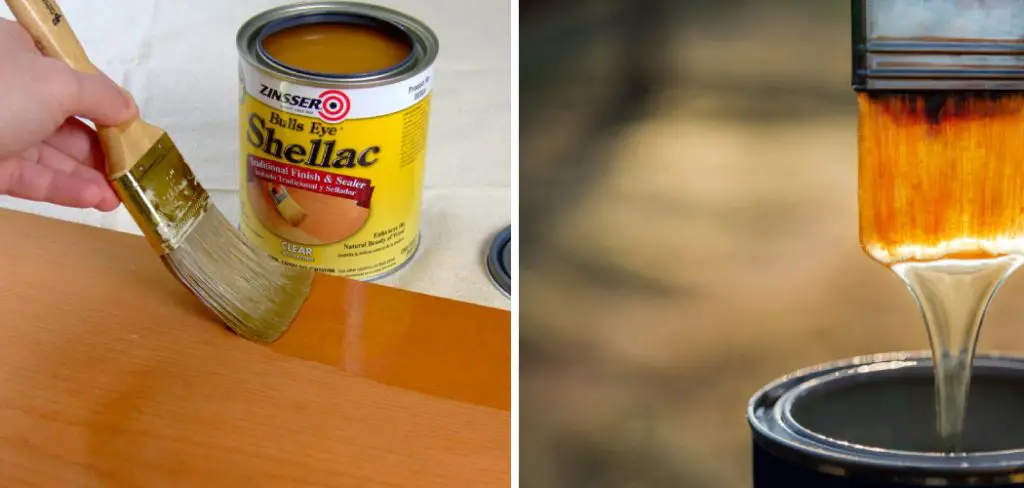
In this blog post, we’ll take a look at how to thin shellac properly in order give your wooden items a brand new look. From understanding what shellac is and why it’s ideal for both small projects and larger hands-on jobs down to mixing ratios and specific directions on how best to apply your own finish – let’s get started!
Can You Thin Shellac with Acetone?
Shellac can be thinned with acetone, although it is not the recommended thinner for shellac. Acetone is an organic solvent and can dissolve certain synthetic plastics and finishes. Shellac is a natural product that must be handled carefully due to its sensitive nature.
If you are going to use acetone to thin your shellac, you must do so in small amounts since excess acetone may cause the shellac to become brittle or gummy. Additionally, using too much acetone will remove some of the protective properties of the finish. It is best to stick with traditional denatured alcohol when thinning shellac in order to preserve the integrity of the finish.
When it comes to thinning shellac with acetone, you must be extremely careful. Acetone is highly flammable and can cause serious harm if not handled correctly. Therefore, it is important to take all necessary safety precautions when working with acetone, such as wearing protective gear and ensuring the area is well-ventilated.
Additionally, do not attempt to use acetone on surfaces that have been treated with lacquer or other non-shellac finishes – this could result in irreparable damage.
In conclusion, shellac can be thinned with acetone, but it is not recommended due to the potential for damage to both your project and yourself. If you decide to use acetone for thinning shellac, make sure you are taking all necessary safety precautions and proceed with caution.
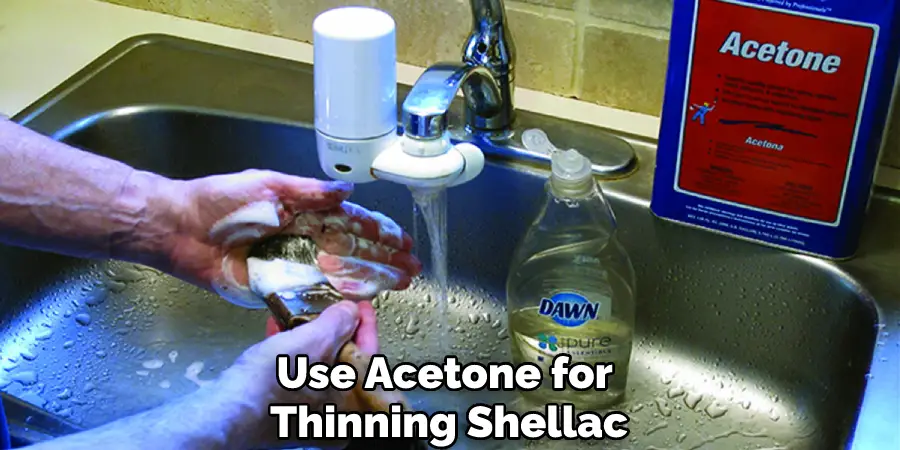
9 Methods How to Thin Shellac
1. Use a Good Quality Brush
A good quality brush will help to ensure that your shellac is evenly applied and does not contain any bubbles. It is also important to make sure the brush is clean and free of any dirt or residue before applying the shellac. If you are using an older brush, make sure to clean it with alcohol or acetone before use.
While it may seem like a good idea to use a cheap brush, it could end up costing you more in the long run since the brush won’t be able to properly apply the shellac. Though using a quality brush may seem like an unnecessary expense, it pays off in the end.
2. Use a Lint-Free Cloth
When applying shellac, be sure to use a lint-free cloth in order to avoid leaving any lint behind on the surface. An old t-shirt or linen works well for this. Make sure to wring out any excess water before using it, as too much moisture can cause the shellac to run or blotch. If you are using the shellac for a finishing coat, be sure to use a slightly damp cloth to help it spread evenly.
While applying the shellac, work in a circular motion to ensure thorough coverage. Once you’ve completed one section of the surface, move on and repeat the process for the next area. For best results, make sure to apply thin coats of shellac until you’ve reached the desired effect. Make sure to let each coat dry completely before applying the next one.
3. Use Shellac Thinner
If your shellac is too thick, you can use a shellac thinner in order to achieve the desired consistency. Shellac thinners are specially formulated to dissolve shellac and can be found at most hardware stores.
When adding thinner, start by adding small amounts at a time and mix thoroughly. Always remember to wear gloves, protective eyewear, and a respirator when working with shellac thinners, as they can be hazardous. If you find that your mixture is still too thick, keep adding thinner until it reaches the desired consistency.
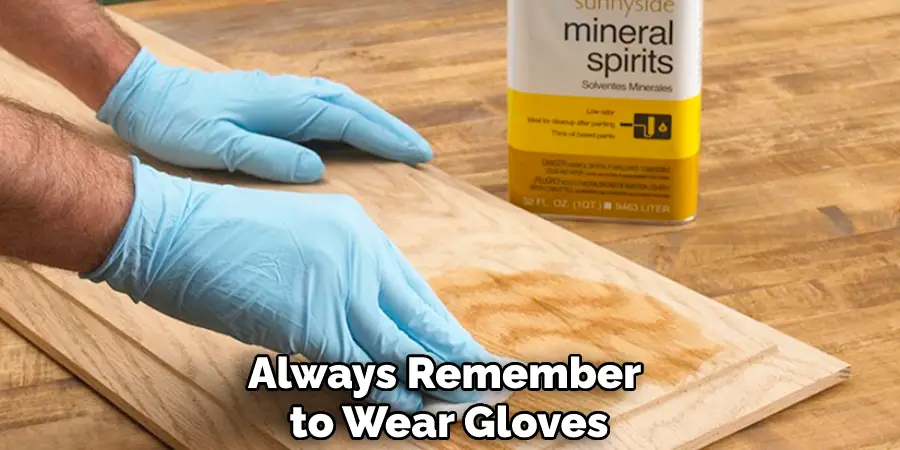
4. Use Denatured Alcohol
Denatured alcohol can also be used to thin shellac. However, it is important to note that this method should only be used if absolutely necessary, as it can significantly reduce the durability of the finish. To thin shellac with denatured alcohol, combine one part denatured alcohol and three parts shellac in a container.
Stir the mixture until it is thoroughly blended. This mixture can then be used in the same manner as premixed shellac, brushing or spraying onto the surface as desired. Keep in mind that the thinner will evaporate quickly, so it is best to work quickly and apply a thick coat for optimal results.
5. Use a Heat Gun
If your shellac has become too thick and is difficult to work with, you can use a heat gun to soften it slightly and make it more pliable. Place the heat gun about 8-10 inches away from the shellac and move it around in a circular motion, taking care not to stay too long in one spot. When the shellac softens, quickly start applying it to your surface before it cools down again.
Be careful not to overheat the shellac, as this can cause it to become too thin or even boil. To avoid this, keep the heat gun moving and never let it stay in one spot for too long. With a bit of practice, you should be able to get the consistency of your shellac just right.
6. Use Boiling Water
Another method for thinning shellac is to place it in a container of boiling water for a few minutes until it reaches the desired consistency. This is a simple method that can be used if you don’t have access to any of the other thinning agents.
Keep in mind that this method will cause the shellac to lose some of its original characteristics, so it is not recommended for use on delicate or intricate woodworking projects.
Boiling water can also cause the shellac to become cloudy and discolored, so take this into consideration before using it. There is a definite risk of burning the shellac if it is left in the boiling water for too long.
7. Use a Hair Dryer
Similar to using a heat gun, you can also use a hair dryer to slightly soften shellac that has become too thick and difficult to work with. To do this, hold the hair dryer approximately 2-3 inches away from the surface and move it around in a circular motion to evenly heat up the shellac. Once it has softened enough, you can then proceed with applying the shellac.

As with using a heat gun, be sure not to heat the shellac too much, as this can cause it to crack or bubble. Though a hair dryer is handy for thinning shellac, it is not as effective or time-efficient as using a heat gun. It will also take longer to heat up the shellac and may not be able to get it as thin as a heat gun can.
8. Add Shellac Flakes
If you need to thin shellac quickly, you can add shellac flakes to the solution until it reaches the desired consistency. Shellac flakes are a great way to thin shellac without having to add additional solvents, which can change the properties of your shellac.
Start by adding a small number of flakes and stirring until they are completely dissolved. Add more flakes as needed until the shellac solution reaches the desired consistency. When finished, strain the solution with a cheesecloth or sieve to remove any undissolved flakes.
9. Use Shellac Solvent
Shellac solvent can also be used to thin shellac, but it is important to note that this method should only be used as a last resort, as it can significantly reduce the durability of the finish. To use, add a few drops of shellac solvent to the can of shellac and stir until it reaches the desired consistency. Note that if the shellac is too thick, you may need to add more solvent than recommended. Be sure to stir the mixture thoroughly after each addition.
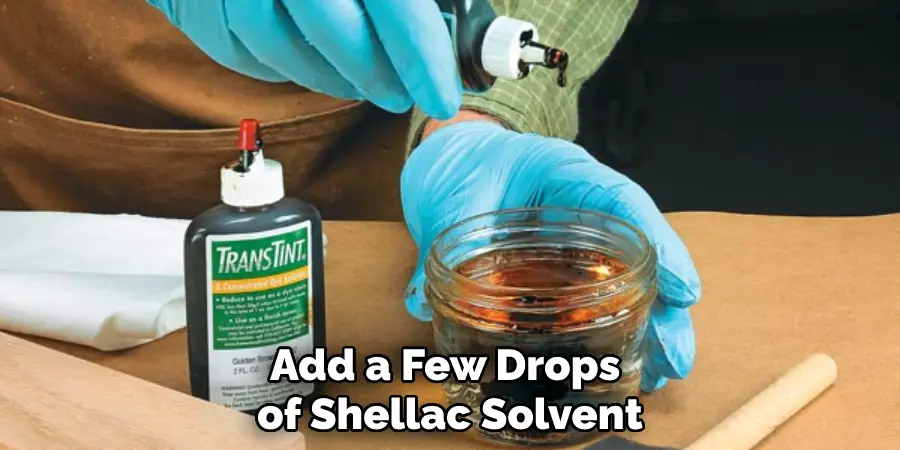
Conclusion
Now that you know how to thin shellac, you can use this information to create your own projects. The possibilities are truly endless with the right materials and a bit of creativity. Shellac is well known for its amazing adhesion power and durability, perfect for woodworking or other craft projects.
Whether you are an experienced woodworker or just beginning your journey into do-it-yourself projects, thinning shellac is easier than ever thanks to these simple tips. Take on your next project with confidence and watch as your dreams take form before you!
You Can Also Check It Out to Paint Concrete to Look Like Wood

